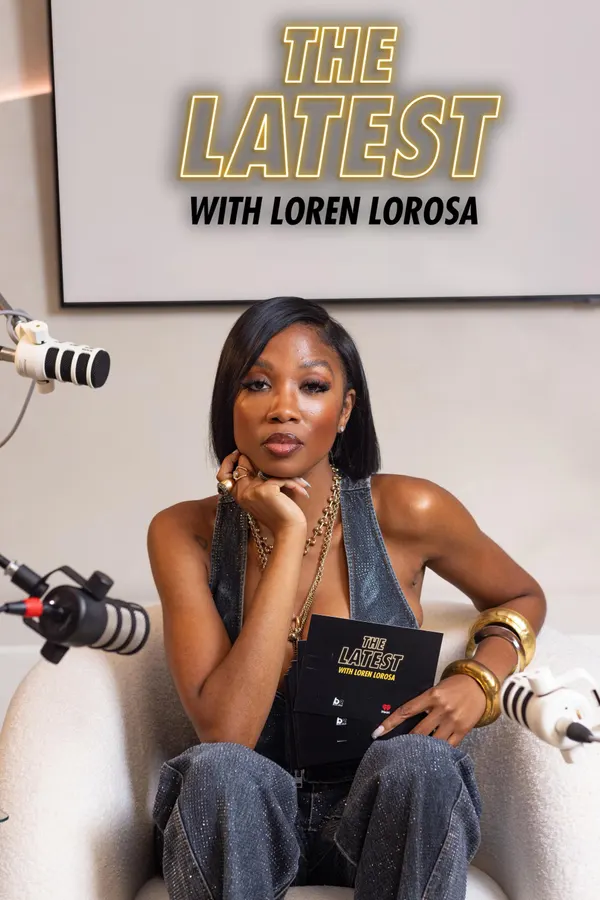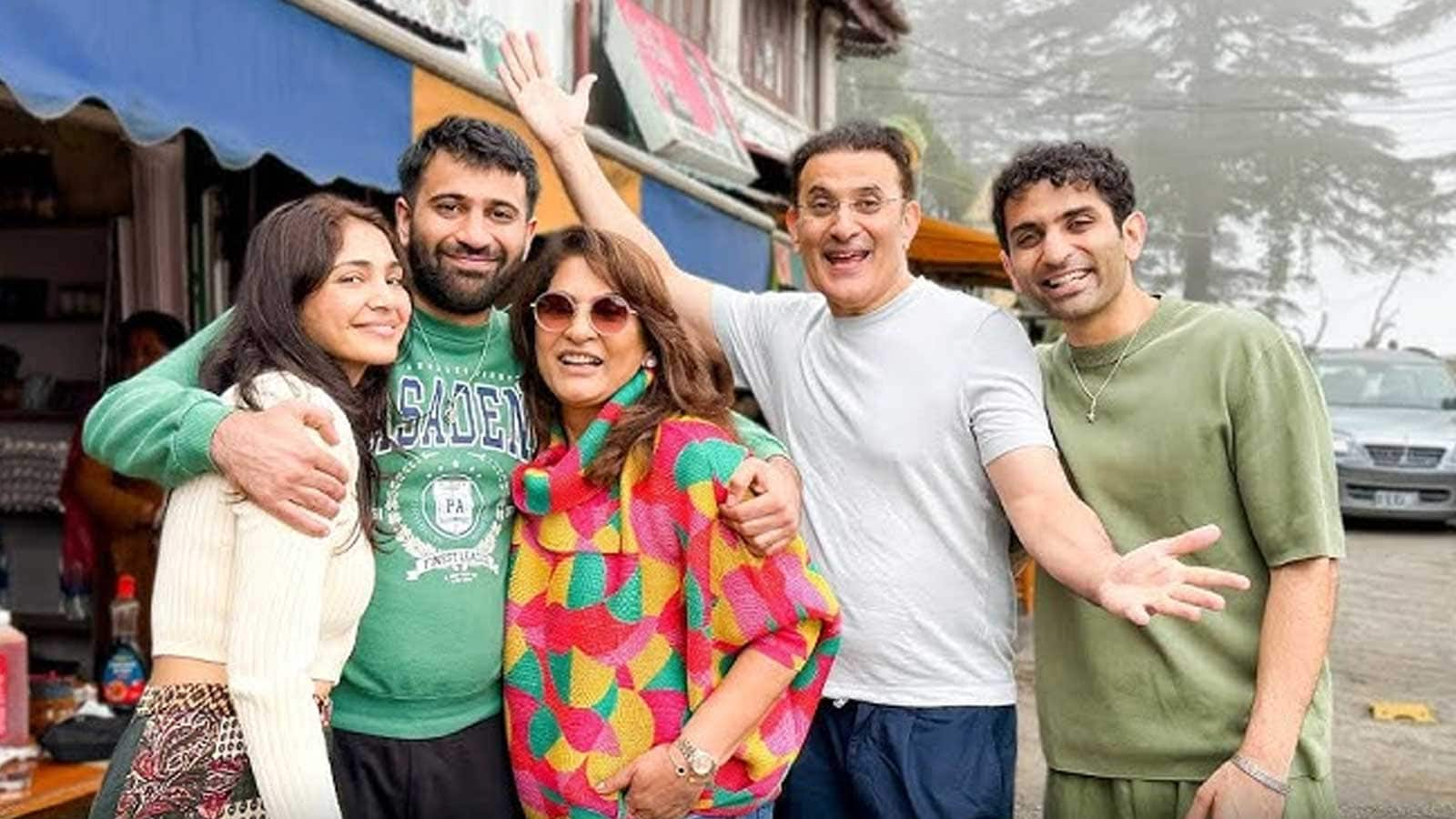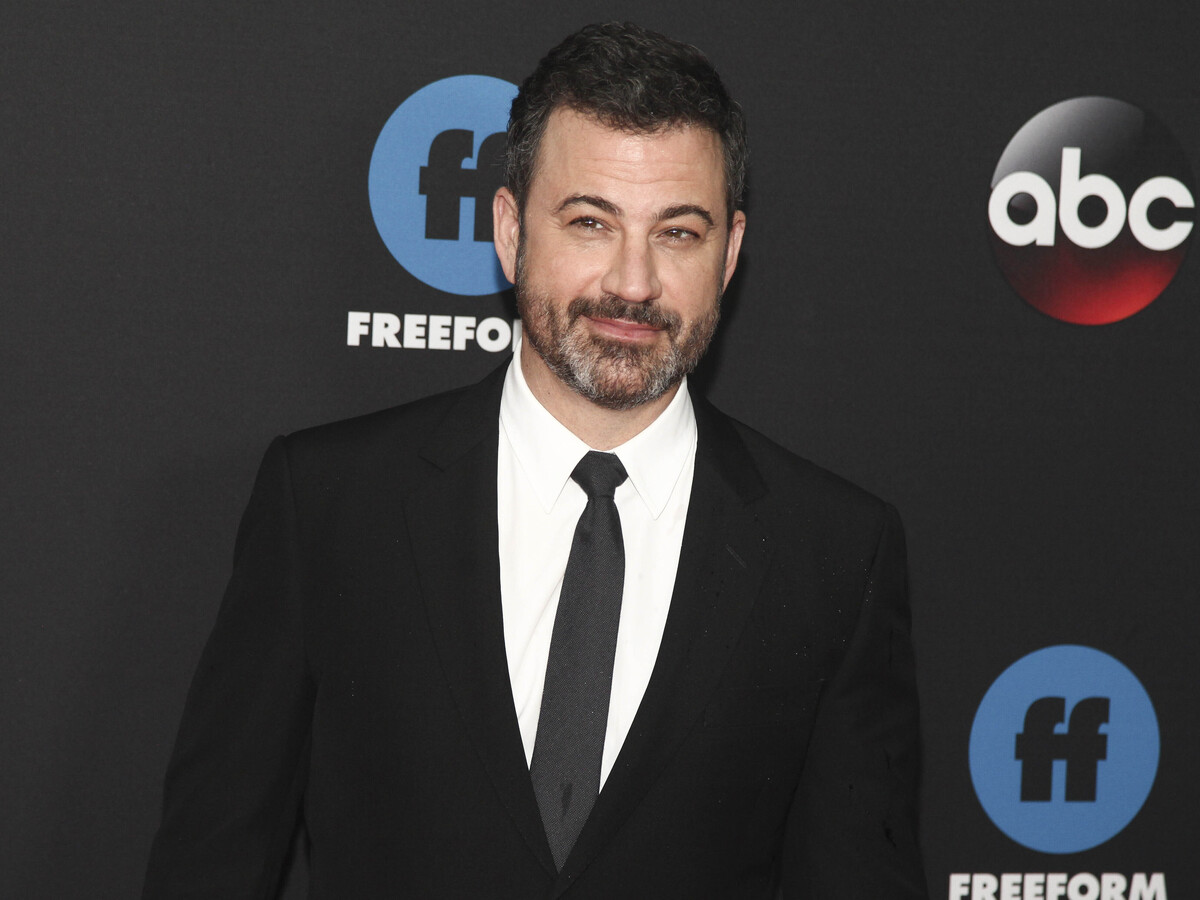By Contributor,Jasmine Browley
Copyright forbes

Loren Lorosa
If you spend your mornings with The Breakfast Club, you already know Loren LoRosa’s voice. As the hit radio show’s senior news producer, she’s the one breaking exclusives, threading context, posting on social media, and translating internet frenzy into something usable before most of us finish our coffee. “Radio is a habit,” she told me. “When you become a part of people’s lives like that… I will never allow somebody to tell me that radio isn’t important—ever.”
She isn’t wrong. Radio’s reach casts a wide demographic net, with millennials making up a large group. They toggle between on-demand depth (podcasts, YouTube) and live, habitual breadth (radio). That’s exactly the “amplifier era” LoRosa describes: find a moment online, then use broadcast to normalize it at scale—in the car, at work, and across markets in a single morning.
For example, Millennials are heavy podcast users—but that doesn’t replace everything. Pew reports 67% of 18–29-year-olds listened to a podcast in the past year (and a majority of 30–49-year-olds, too). Podcasts grow discovery and loyalty; radio scales timeliness and habit.
With that, LoRosa’s conviction is earned. Before sliding into the Breakfast Club chair, she cut her teeth at TMZ, learning how to verify, move fast, and still land the story.
“I learned how to break exclusives and investigate when I need to,” she said. “But culturally, people trusted me. The Breakfast Club does that naturally—they create what’s popular. Marrying those two was just an instant thought for me.”
Radio’s “amplifier” era
Ask LoRosa what “modern morning radio” looks like in 2025 and she doesn’t romanticize it—she explains the workflow.
MORE FOR YOU
“You can’t ignore that radio might not always be first in leading a conversation,” she said. “Radio today is the biggest amplifier.” Her sequence: seed the story online, then let broadcast further the reach.
“There are times where I’ll break a story on the radio and it’ll go crazy on social—but only once we post it. Other times, I’ll tweet updates first and then take it to air. The point is to meet people where they are and bring them back to the show.”
That platform fluency is deliberate. “Twitter is where everything goes down first, especially in my world,” she said. Instagram is where she calibrates brand and community; YouTube is where she’s leaned into straight-to-camera updates. “People say there’s no money on YouTube. That is not true,” she added, noting that during a recent high-interest court case her channel jumped from roughly 3,000 subscribers to about 55,000 as short, focused updates drove both audience and revenue. The lesson: different platforms, different jobs.
The personality economy—without losing the journalism
LoRosa is clear that the voice you hear each morning isn’t an “act,” it’s editorial judgment plus personality. “People want to leave with something,” she said. “Relationship advice, information about their favorite celebrities, political context, or just relief—you have to inform, and there has to be substance.” When a day’s news cycle is thin, she pushes for original reporting: “I try to do at least two exclusives a week. I’ll reach out, make calls. Even if it’s just a detail I can verify directly, it moves the story forward.”
That approach is also why she’s careful about what lives where. Some stories are “Breakfast Club first,” others belong to her podcast or socials. “I try not to regurgitate too much,” she said. “If there’s a long interview, which parts will hit harder on the show because everybody can relate? What do I save for my own channels because I have a stronger personal take?”
And with a show that’s equal parts news and community, familiarity follows her into real life. “People recognize my voice before they recognize me,” she laughed. “They hop in conversation like we’re homies—because they’ve been with us in their car every morning.”
The business behind the mic
The work, and the risk, attach to her name now. “If I’m wrong, that hits my credibility,” LoRosa said. “At TMZ, you stand behind a brand. At Breakfast Club, people identify you with your lane. Charlemagne has his lanes, Envy has his, Jess has hers—mine is entertainment news. You can’t mess up.” That clarity also creates negotiating power. Brands who hear her on-air ask for custom social integrations; her visual storytelling background makes those partnerships feel native, not forced.
“Very few of us”: Dede McGuire on leverage, parity, and the long game
Dede Mcguire
Dede Mcguire
To understand what it takes to build a durable radio career, I also spoke with newly minted Radio Hall of Fame inductee Dede McGuire—a distinction held by very few Black women. McGuire was in the middle of contract talks when we connected.
“I think I may be one of two Black women in the country that has [syndication in 80+ cities], and only a handful of women, period,” she said. “What does that tell you? I’m in a business where I’ve got to fight for everything I have.”
McGuire keeps every contract she’s signed and has watched the fine print evolve.
“Now they want to incorporate your digital into your contract—splitting your digital,” she said. “You’re fighting to retain intellectual property, you’re fighting non-competes that don’t make sense in today’s landscape.” Even logistics matter. “If I’ve been up since 3:30 a.m. and you put me in a middle seat, then expect me to entertain, that’s not going to work,” she said. “Little things like that—time off, travel, who I can hire—those are leverage points.”
On radio’s supposed decline, McGuire’s unsentimental: every decade brings a new “threat.” “We worried about iPods, then satellite, then podcasts,” she said. “Everything is a distraction—social, blogs, podcasts. Radio’s job is to navigate the terrain. We’re still here.” She’s even borrowed one page from podcasting: “It showed us audiences can handle a little more talk—if it’s researched and in-depth—especially in mornings, where personality and stories drive the format.”
Syndication changed her economics, but parity remains a moving target. “Going from local to syndication was a nice [jump] for my check,” McGuire said. “But is it where some of the men I know made lots of money? Not quite. I’m still fighting for that.” She’s pragmatic about timing: “Do I talk about it on the air? Not necessarily. Let me make sure that contract is signed, sealed, delivered—then we can talk.”
McGuire’s advice to the next wave echoes LoRosa’s reality: the pipeline now runs through creators. “The new personalities are coming from podcasting and social,” she said. “They’ve already found their voice and an audience. Radio will keep grabbing more of those people.”
She’s equally candid with J-school grads: keep learning or get left. “The way people listen changed,” she said. She remembered being retrained to put the headline first on air: “‘Beyoncé’s pregnant.’ Now everyone’s listening. You grab attention, then fill in the story.”
What millennials can steal from both playbooks
For millennials building media careers inside an industry many write off as “dying,” LoRosa and McGuire offer a shared blueprint:
Treat radio as an amplifier, not a silo. Seed online, then let broadcast scale the moment.
Own a lane—and the receipts. Exclusive details, verified reporting, and a consistent POV separate personalities from passengers.
Negotiate the whole package. From IP and non-competes to travel and team control, the deal is the job.
Iterate your craft. Audience attention has changed; your storytelling structure should, too.
Leverage cross-platform identity. Each platform plays a different role in growth, community, and monetization.
LoRosa put it simply: “People want to feel like they got something real from you—information, clarity, or just a good laugh. If you meet them there and keep it honest, they’ll ride with you.” McGuire, ever the north star, adds the context: “Radio has always been where people turn something on and know professionals will be there when it matters.”
An industry “everyone thinks is dying” isn’t just alive; it’s evolving—powered by talent who understand how culture actually moves.
Editorial StandardsReprints & Permissions



